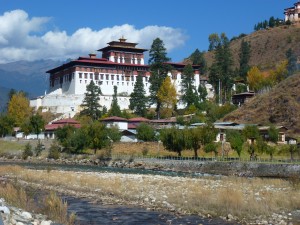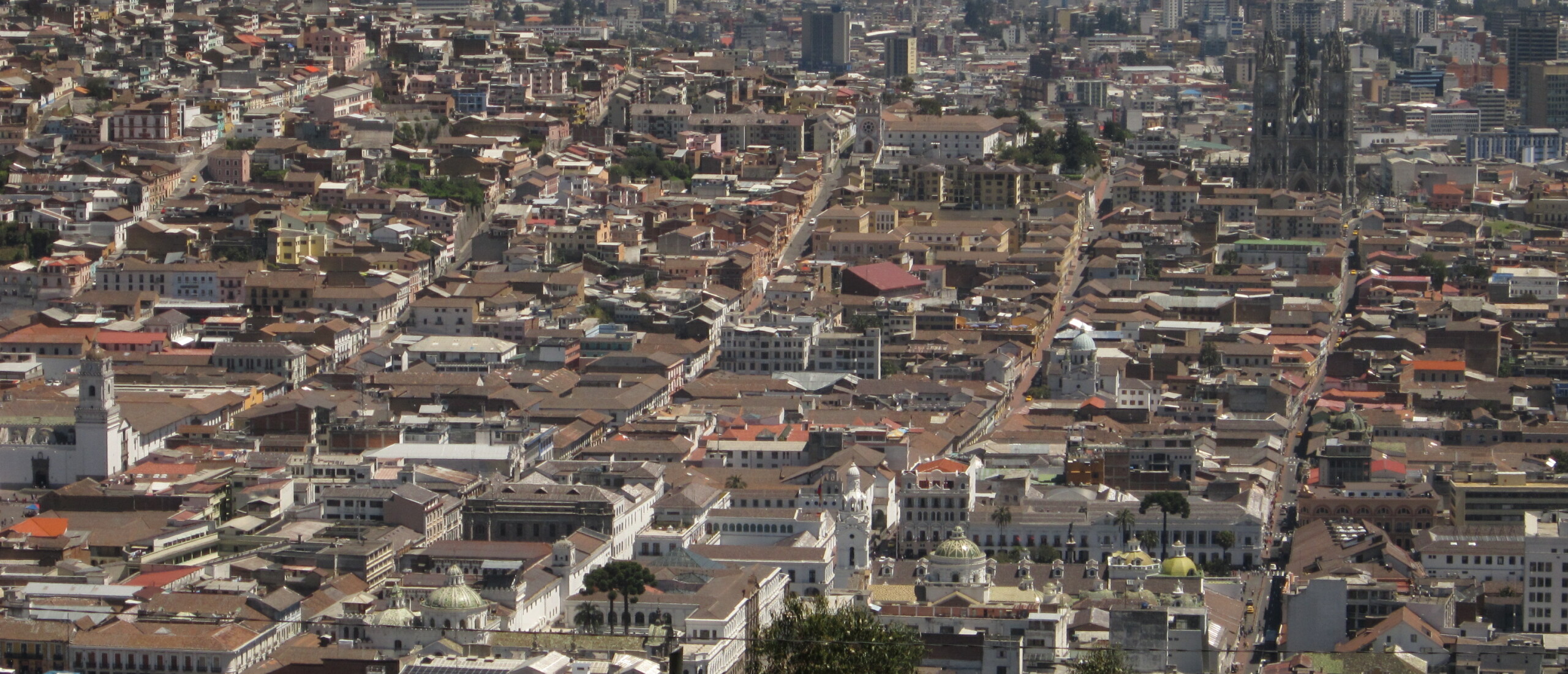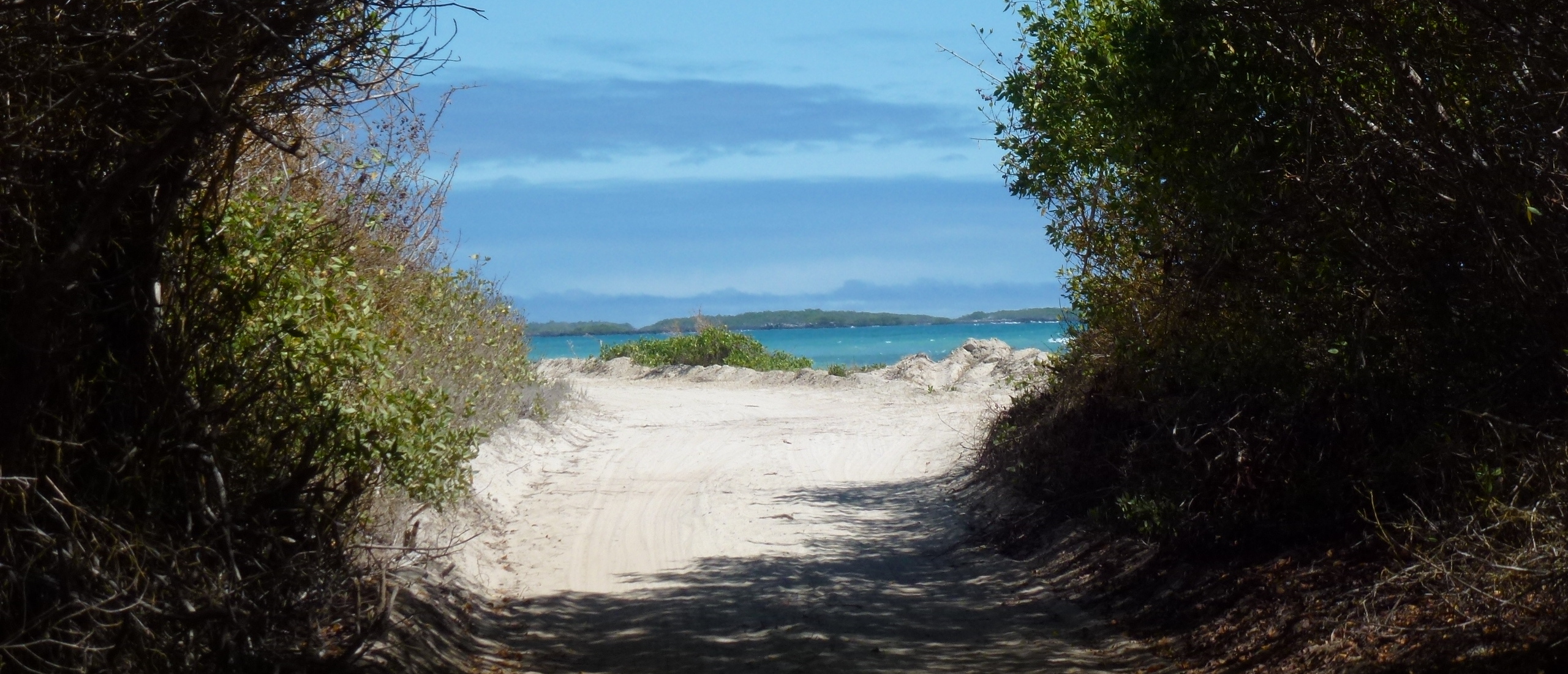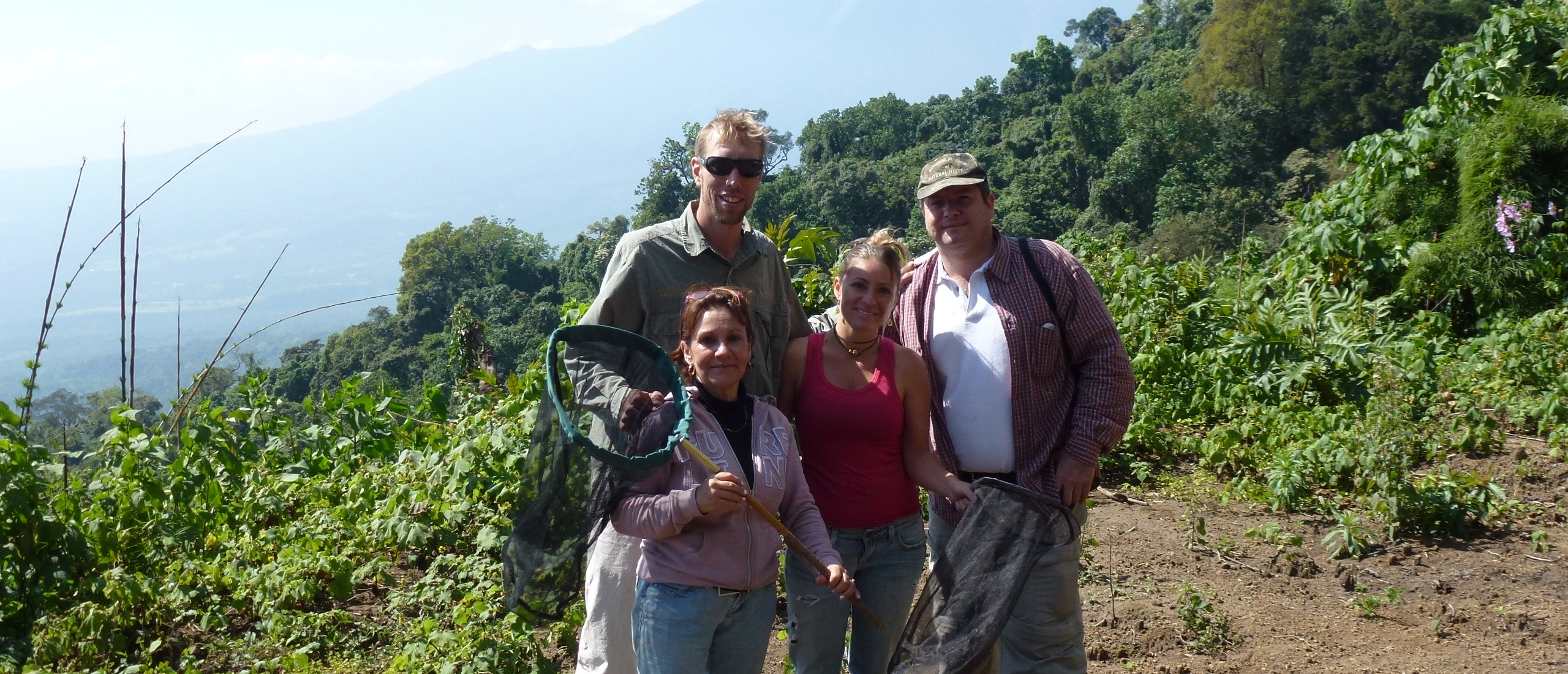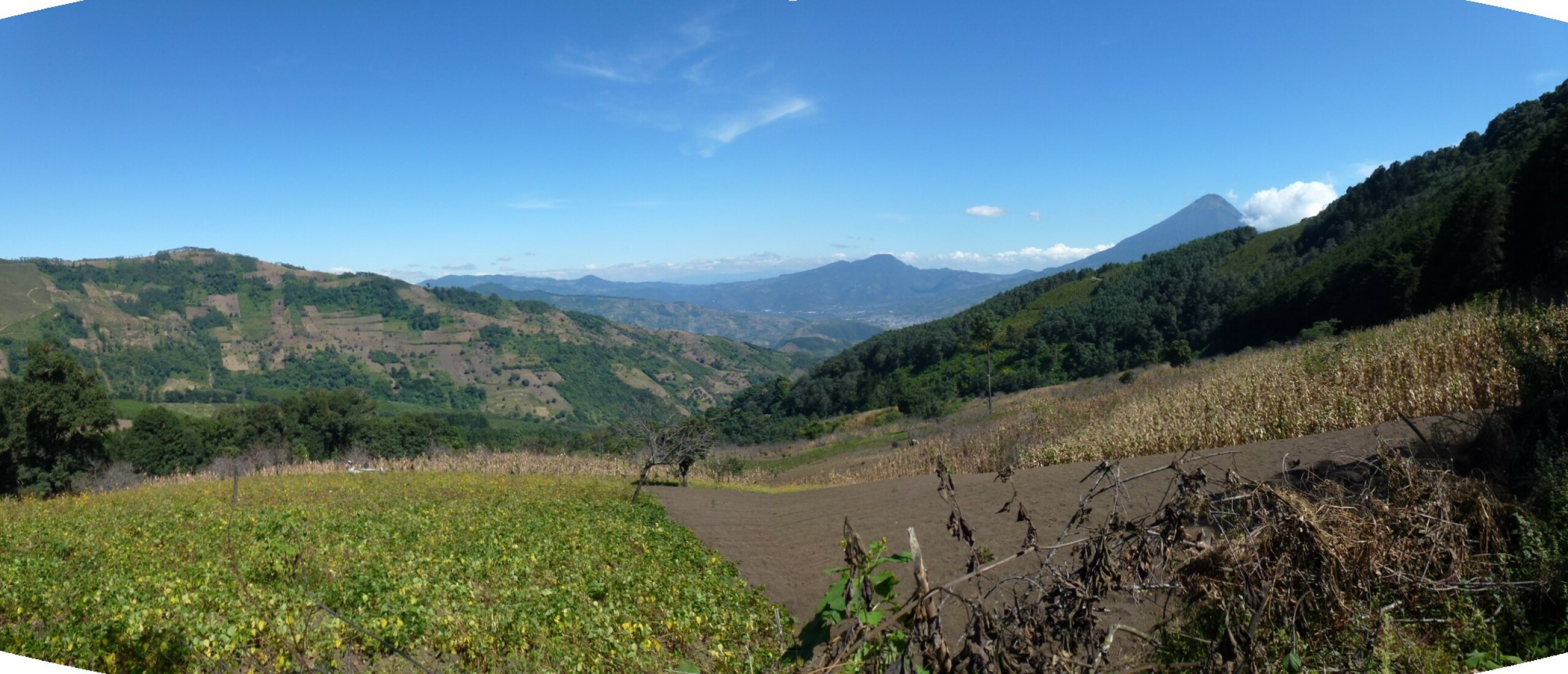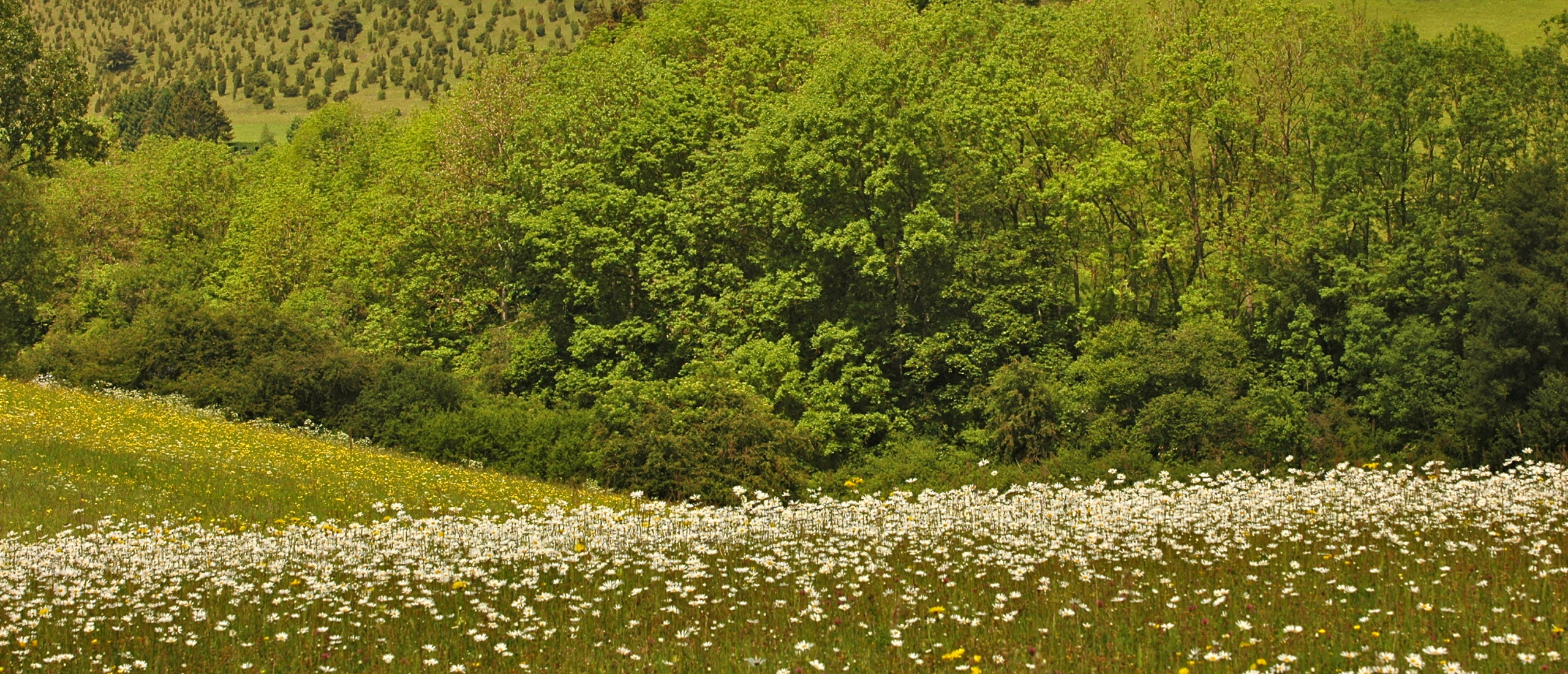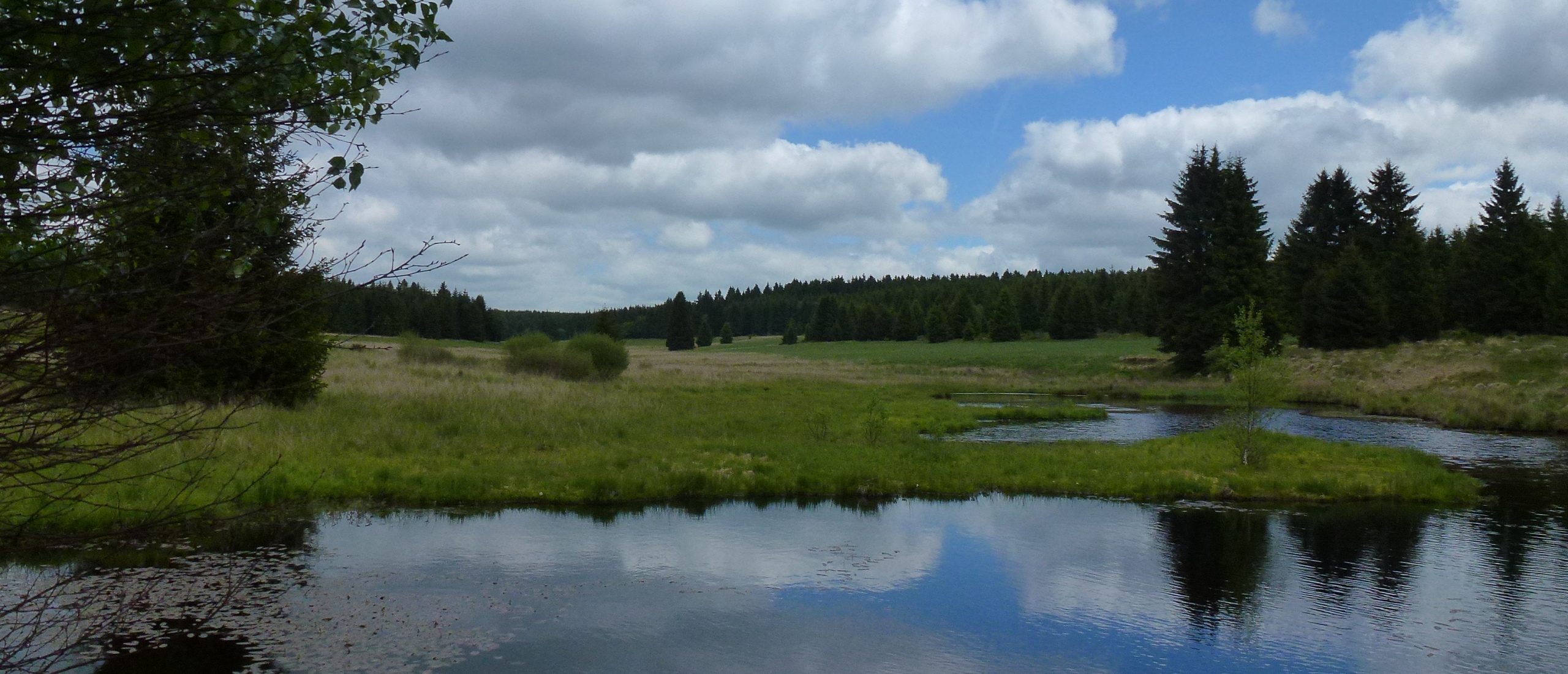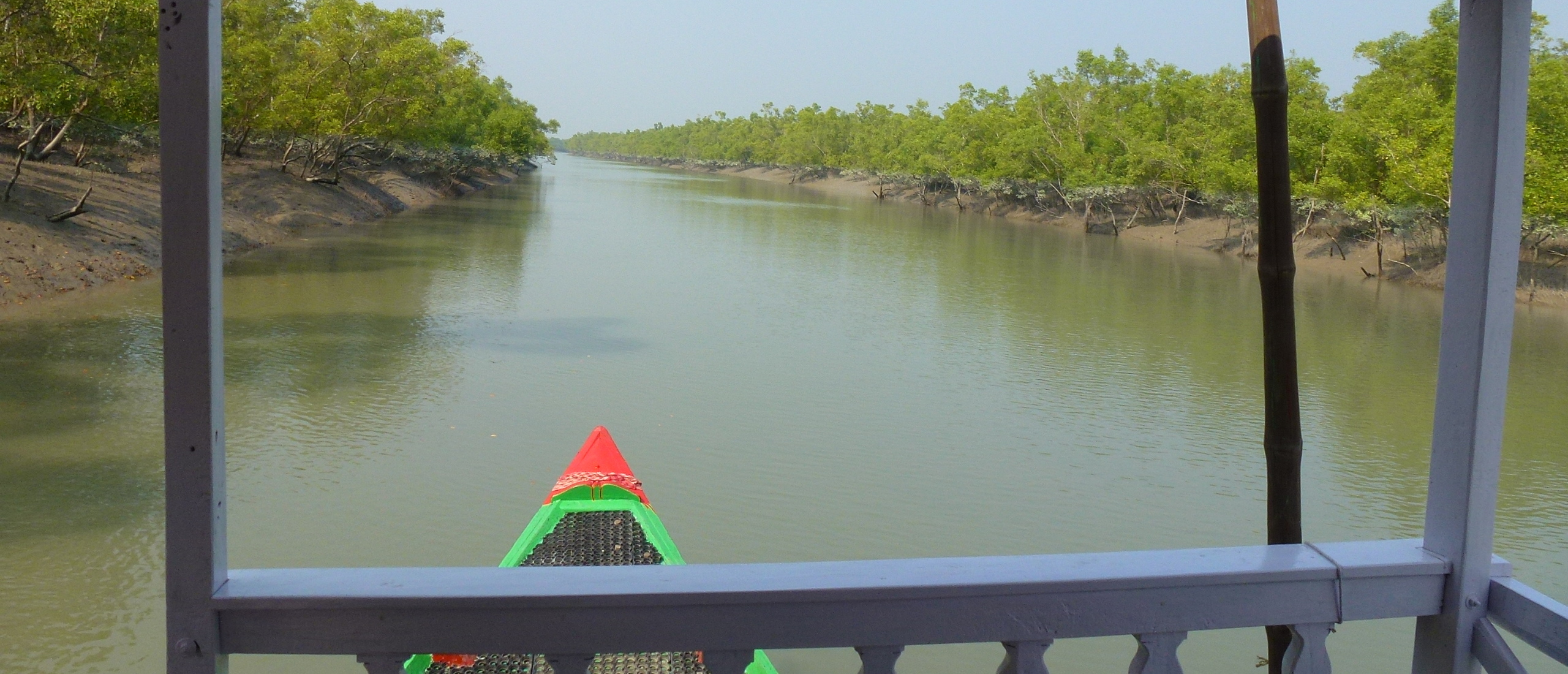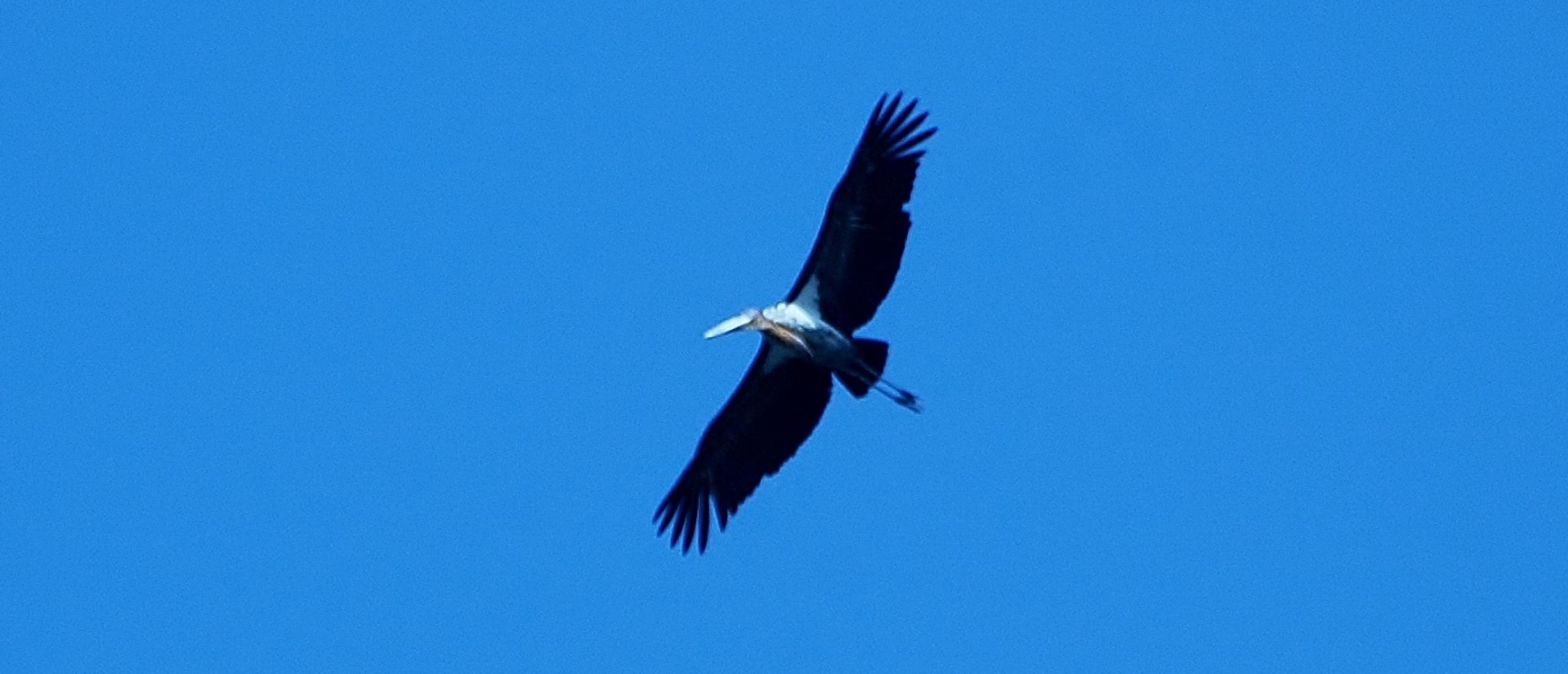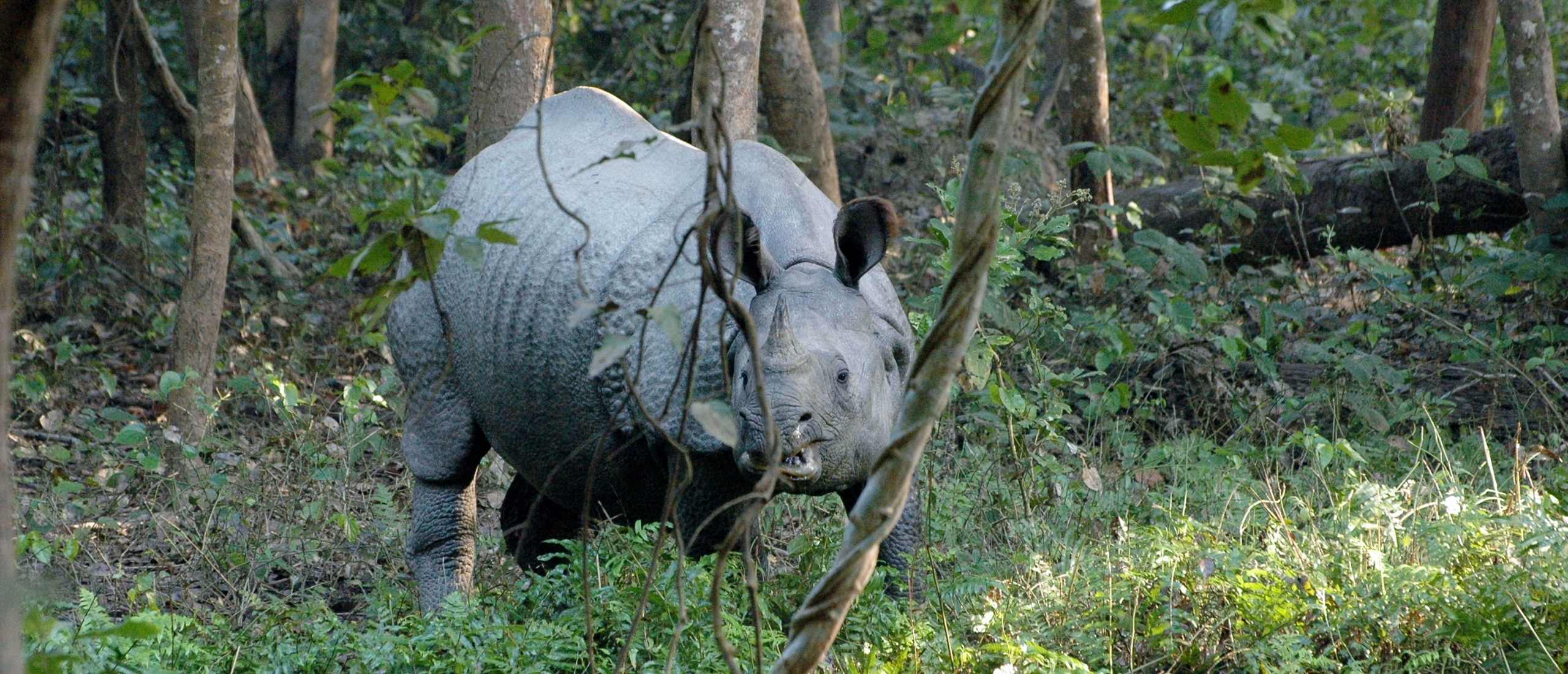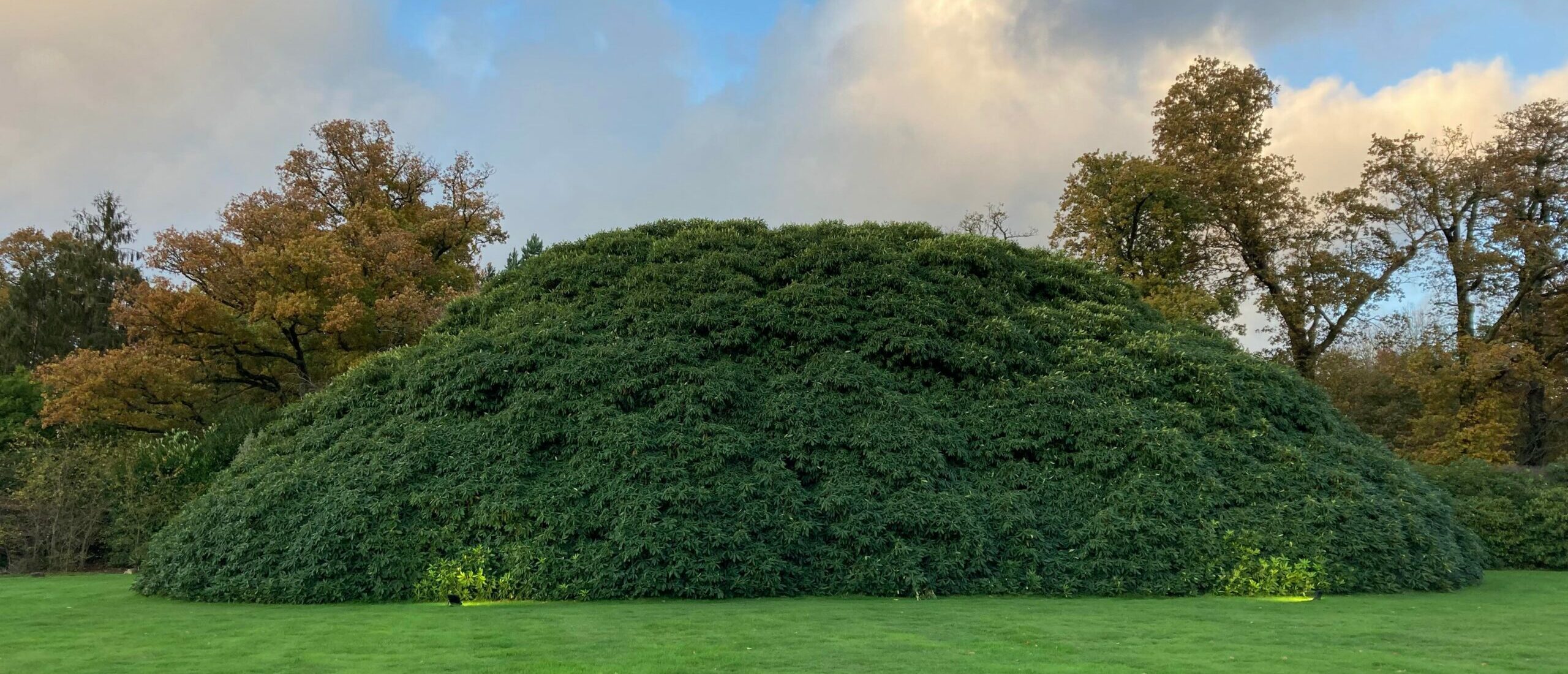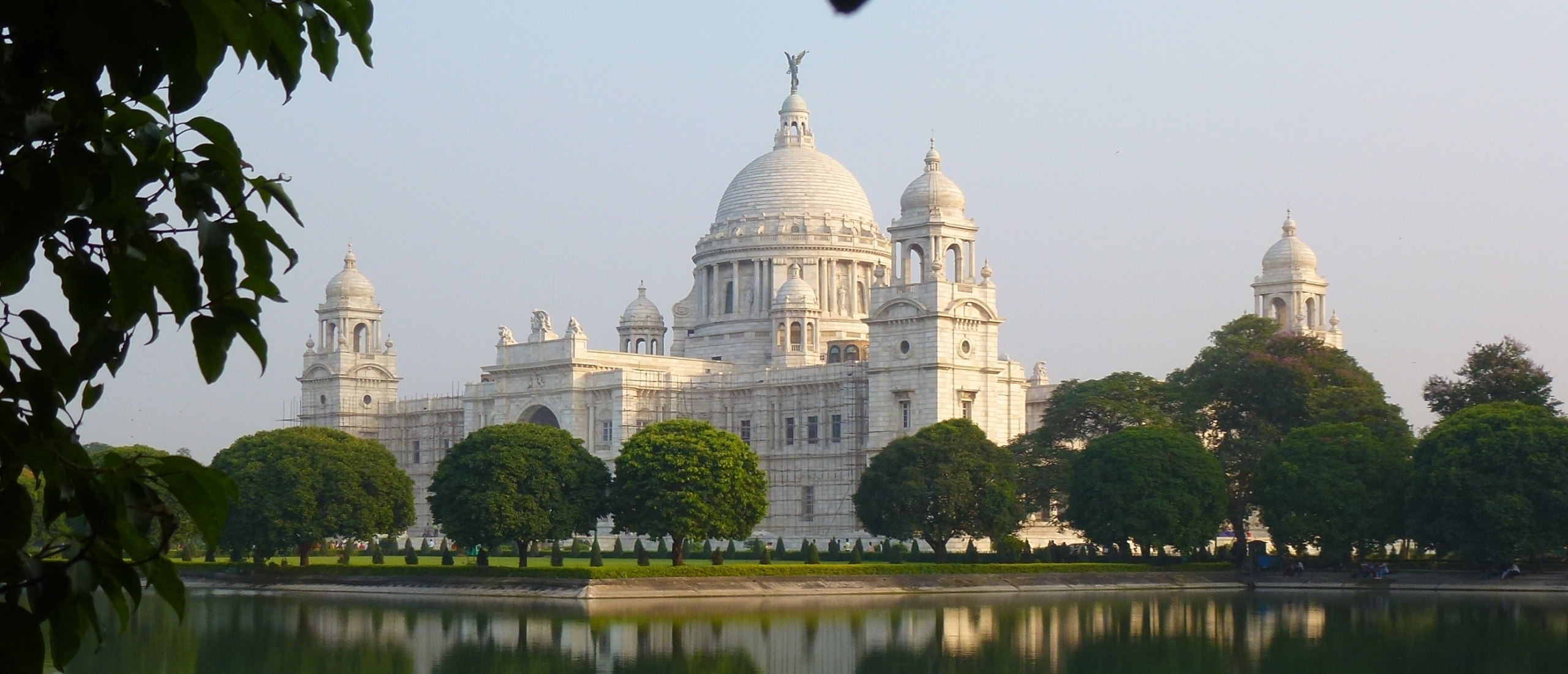
To Bhutan, perhaps a future teaching location for me! Since my last update, so much has happened and so many impressions need to be reported that it is hard to know where to begin. The best news we had in Delhi was the reappearance of Rosemary’s lost suitcase, which arrived at our hotel late on the eve of our departure for Calcutta (now Kolkata, but I’m sure my Indian friends will forgive me using the old spelling) by overnight train. We had treated ourselves to First Class A/C, and we even had a local agent accompany us all the way to our compartment and to help us with porters. The train was perhaps not quite as luxurious as we might have hoped for, but it was nonetheless a pleasure to be gliding through the Indian night in the care of Indian Railways rather than enduring the incredibly tiring experience of long distance car travel in India, with the constant braking, swerving to avoid obstacles, blaring horns and dust. It was dark soon after our departure, and we settled down to a seemingly never ending succession of servings of tea, soup, dinner, and then more tea and finally breakfast.
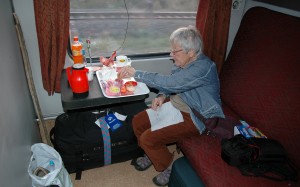 Rosemary settling into a tray of Indian Railways goodies
Rosemary settling into a tray of Indian Railways goodies
Morning saw us drifting through the much lusher countryside of West Bengal, with its rice paddies and palm trees, until we finally glided into the great city, where it was a comforting feeling to see our hostess Jayanti waiting on the platform displaying a sign with our names upon it. She guided us expertly to our waiting vehicle, and we nosed our way through the morning rush hour traffic, which is notoriously heavy, to the Hyatt Regency Hotel, in Salt Lake City (!), where we were due to meet up with the Naturetrek group for the next leg of our Great Indian Adventure. Once we had settled in, we found that a tour of the sights of Calcutta had been laid on, and despite the somewhat annoying tone of our guide, who was extremely pro-British and exceptionally anti-Muslim, complaining constantly that the Islamic inhabitants of the city would have twelve children for every two that the Hindus might bear, and that Calcutta was in danger of being overwhelmed by extremist refugees from Bangladesh, I nonetheless found the tour most interesting and indeed moving. Our route took us through the old centre, which is remarkably clean and tidy (I hope my Delhi friends will forgive me for saying that I found Calcutta to be infinitely cleaner, more orderly and frankly much more interesting than the current capital, with its piles of rubble and trash along even streets in well-to-do areas and lack of pavements to walk along – apparently Bengalis in general are much tidier than their counterparts further west. I had prepared myself mentally for the stereotype of grinding poverty that is associated with Calcutta, but although there were people sleeping on the streets, the overall impression that the city exudes is one of energy, dynamism and positive attitudes. Much of our tour involved locations associated with the founding and establishment of Calcutta as the capital of British India and with the East India Company, including St John’s Church, where the many plaques recording the lives of the founding fathers of British Calcutta provided a glimpse of the hardships many of those pioneers, and perhaps even more so their wives, endured so far from home and in a rigorous climate without any of the mitigating modern conveniences that we enjoy today. Some of these lives were particularly short. One that caught my attention read: Here lyeth the body of Mrs Eleanor Winwood, late wife to Major Ralph Winwood, who departed this life on the 22nd day of September 1766, aged 22 years. This unfortunate young lady was just one of many poignantly recorded here, who also include the 123 victims of the infamous Black Hole incident of the night of 20th June, 1756.
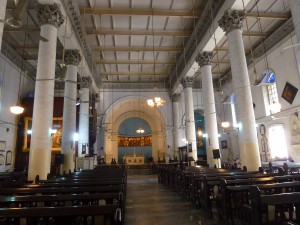 St John's Church, Calcutta, where so many lives are commemorated
St John's Church, Calcutta, where so many lives are commemorated
Perhaps the most splendid monument we visited was the magnificent Victoria Memorial, one of the masterpieces of Anglo-Indian architecture, and one that it is perhaps necessary to see soon, not because the building itself is in danger (it is one of Calcutta’s most cherished buildings), but because high-rise blocks are soon to sprout up behind it, drastically altering the skyline – I had to manoeuver myself in order to obscure one that is already standing to obtain a tower-block-free photograph.
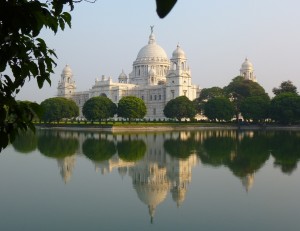 The sublime Victoria Memorial, with the first of many towerblocks concealed behind it
The sublime Victoria Memorial, with the first of many towerblocks concealed behind it
The following morning saw us on the road to the airport at an ungodly hour, but it was well worth the discomfort as the 50-minute flight with Druk Air, with Kanchenjunga seemingly close on our left-hand side, and Everest beyond, and then the dramatic descent into the spectacularly positioned Paro International Airport, was an experience not to be missed.
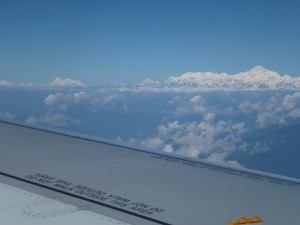 Kanchenjunga to the right, and Everest away to the left
Kanchenjunga to the right, and Everest away to the left
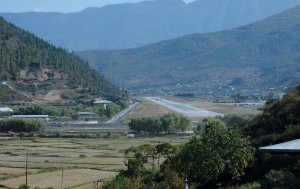 The dramatically situated Paro International Airport, Bhutan
The dramatically situated Paro International Airport, Bhutan
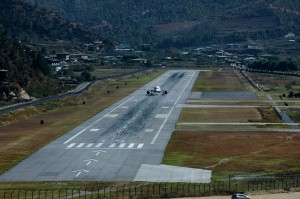 Landing and taking off at Paro is no easy task
Landing and taking off at Paro is no easy task
Arriving in Bhutan directly from teeming Calcutta provides an extraordinary contrast, and within only a few minutes, we had cleared the airport formalities, and were walking along a Himalayan torrent in search of a bird that had long eluded me, the improbable-looking Ibisbill. Although we did not in fact find one here, later in the afternoon, just as we had checked into our hotel, I spotted one of these amazing birds. Shaped and sized rather like a Curlew, these waders are patterned and coloured to blend into their rock-strewn riverbank habitat, and blend in they do. It was a special thrill to see this bird, having missed it on several occasions in both India and Nepal, and as I write this a few days later, I can report having enjoyed a picnic lunch today with three Ibisbills foraging among the boulders just across the river.
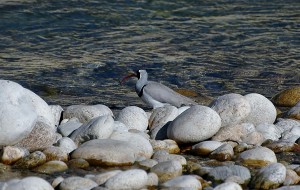 The beautifully patterned Ibisbill, which had eluded me for so long
The beautifully patterned Ibisbill, which had eluded me for so long
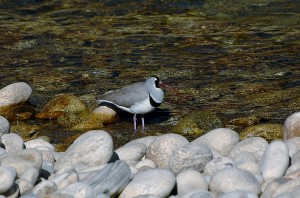 Ibisbill, a speciality of Central Asian mountain rivers
Ibisbill, a speciality of Central Asian mountain rivers
Bhutan is such a unique country and otherworldly experience that it definitely deserves a blog post of its own, so I shall describe it in a forthcoming report. Suffice to say that I might even consider it as a future teaching location.


